|

Roald
Amundsen - Antarctic Explorer
Until
the end of the 19th century, only sealers and
whalers
had set foot on the desolate southern land we call Antarctica. Until as late as 1820, no one had even seen
its mainland. In the 1890s however, explorers of various
countries began to compete for being the first to reach
both the North and the
South Poles. In 1901–04 Captain
Robert Falcon Scott (1868–1912) was the first person
to explore Antarctica extensively by land.
Antarctica
is an enormous continent. The UK could fit into it more
than 50 times. More than 99% of it is covered by
ice. In places, this ice is more than three miles thick.
Antarctica is completely surrounded by the vast Southern
Ocean, half of which freezes in winter. It is high,
windy and extremely cold. There is no indigenous human
population and no life forms at all except around the
coast.
Roald Engelbregt Gravning Amundsen, was a Norwegian explorer (16 July 1872 – 18 June 1928) of the polar regions. He was a key figure of the period known as the Heroic Age of Antarctic Exploration.
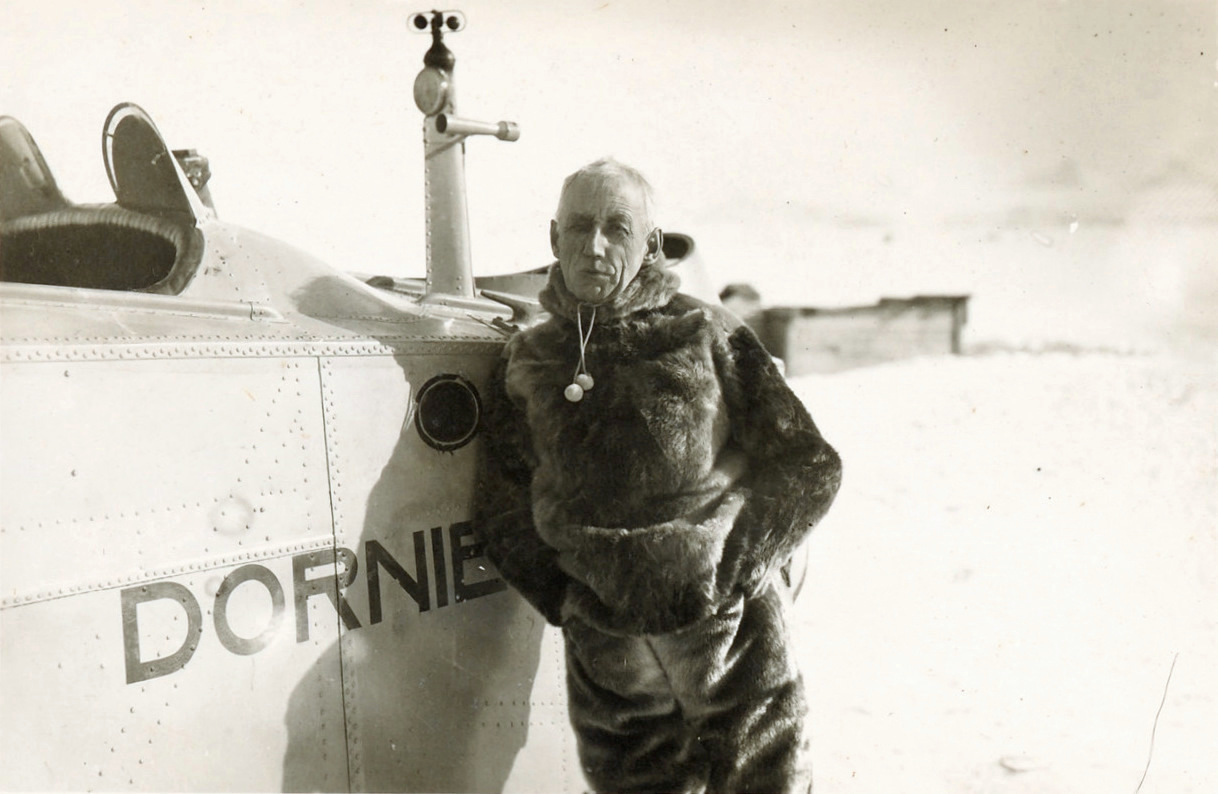
...
Born in Borge, Østfold, Norway, Amundsen began his career as a polar explorer as first mate on Adrien de Gerlache's Belgian Antarctic Expedition of 1897–1899. From 1903 to 1906, he led the first expedition to successfully traverse the Northwest Passage on the sloop Gjøa. In 1909, Amundsen began planning for a South Pole expedition. He left Norway in June 1910 on the ship Fram and reached Antarctica in January 1911. His party established a camp at the Bay of Whales and a series of supply depots on the Barrier (now known as the Ross Ice Shelf) before setting out for the pole in October. The party of five, led by Amundsen, became the first to successfully reach the South Pole on 14 December 1911.
Following a failed attempt in 1918 to reach the North Pole by traversing the Northeast Passage on the ship Maud, Amundsen began planning for an aerial expedition instead. On 12 May 1926, Amundsen and 15 other men in the airship Norge became the first explorers verified to have reached the North Pole. Amundsen disappeared in June 1928 while flying on a rescue mission for the airship Italia in the Arctic. The search for his remains, which have not been found, was called off in September of that year.
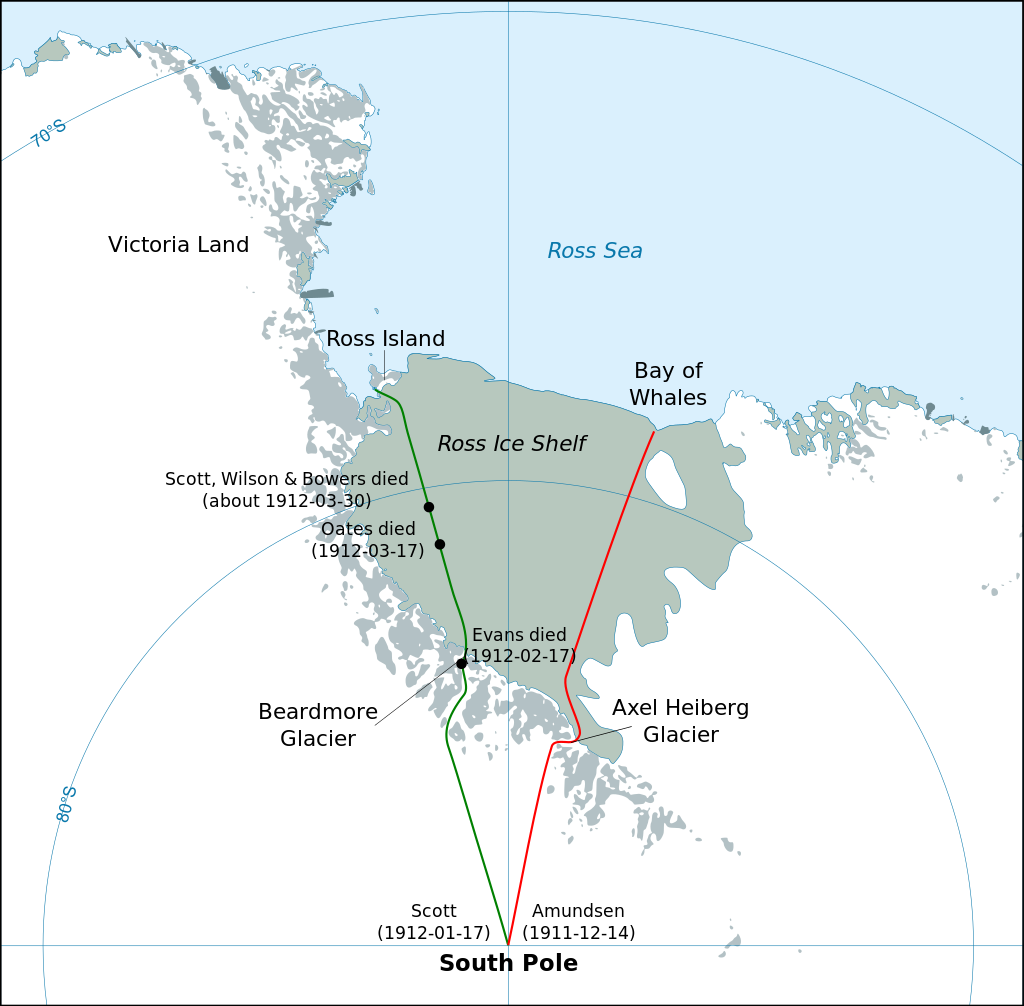
Ross
Island and Bay of Whales, from the Ross Sea, route to the south pole
SOUTH POLE EXPEDITION
Amundsen next planned to take an expedition to the North Pole and explore the Arctic Basin. Finding it difficult to raise funds, when he heard in 1909 that the Americans Frederick Cook and Robert Peary had claimed to reach the North Pole as a result of two different expeditions, he decided to reroute to Antarctica. He was not clear about his intentions, and Robert F. Scott and the Norwegian supporters felt misled. Scott was planning his own expedition to the South Pole that year. Using the ship Fram, earlier used by Fridtjof Nansen, Amundsen left Oslo for the south on 3 June 1910. At Madeira, Amundsen alerted his men that they would be heading to Antarctica, and sent a telegram to Scott: "Beg to inform you Fram proceeding Antarctic – Amundsen."
Nearly six months later, the expedition arrived at the eastern edge of the Ross Ice Shelf (then known as "the Great Ice Barrier"), at a large inlet called the Bay of Whales, on 14 January 1911. Amundsen established his base camp there, calling it Framheim. Amundsen eschewed the heavy wool clothing worn on earlier Antarctic attempts in favour of adopting Inuit-style furred skins.
Using skis and dog sleds for transportation, Amundsen and his men created supply depots at 80°, 81° and 82° South on the Barrier, along a line directly south to the Pole. Amundsen also planned to kill some of his dogs on the way and use them as a source for fresh meat. As he went he butchered some of the dogs and fed them to the remaining dogs, as well as eating some himself. A small group, including Hjalmar Johansen, Kristian Prestrud and Jørgen Stubberud, set out on 8 September, but had to abandon their trek due to extreme temperatures. The painful retreat caused a quarrel within the group, and Amundsen sent Johansen and the other two men to explore King Edward VII Land.

They
did it. They reached the South Pole, on the 14th of December 1911
A second attempt, with a team of five made up of Olav Bjaaland, Helmer Hanssen, Sverre Hassel, Oscar Wisting and Amundsen, departed base camp on 19 October. They took four sledges and 52 dogs. Using a route along the previously unknown Axel Heiberg Glacier, they arrived at the edge of the Polar Plateau on 21 November after a four-day climb. The team and 16 dogs arrived at the pole on 14 December, a month before Scott's group. Amundsen named their South Pole camp Polheim. Amundsen renamed the Antarctic Plateau as King Haakon VII's Plateau. They left a small tent and letter stating their accomplishment, in case they did not return safely to Framheim.
The team arrived at Framheim on 25 January 1912, with 11 surviving dogs. They made their way off the continent and to Hobart, Australia, where Amundsen publicly announced his success on 7 March 1912. He telegraphed news to backers.
Amundsen's expedition benefited from his careful preparation, good equipment, appropriate clothing, a simple primary task, an understanding of dogs and their handling, and the effective use of skis. In contrast to the misfortunes of Scott's team, Amundsen's trek proved relatively smooth and uneventful.
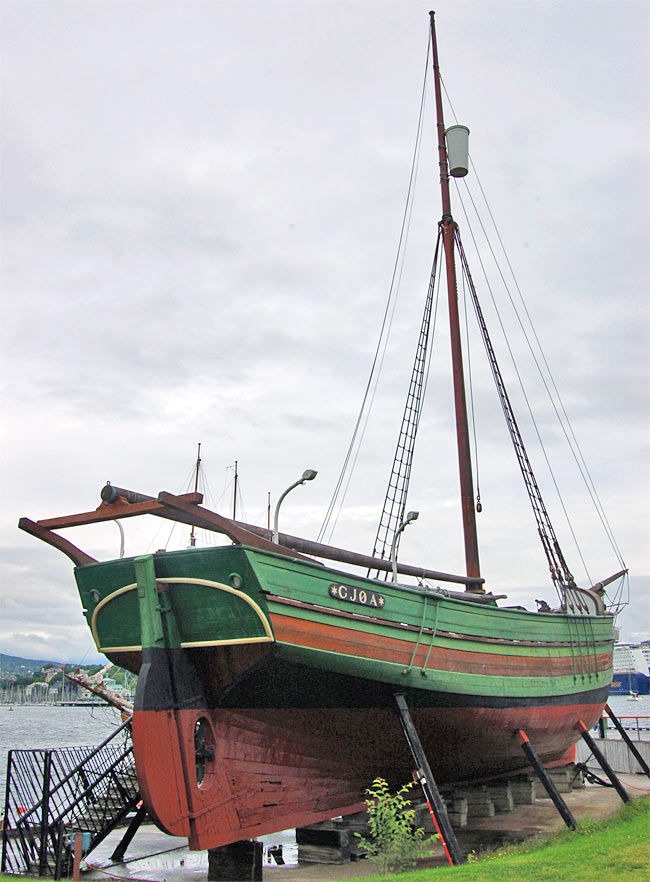
Roald Amundsens Gjoea Artic North West Passage
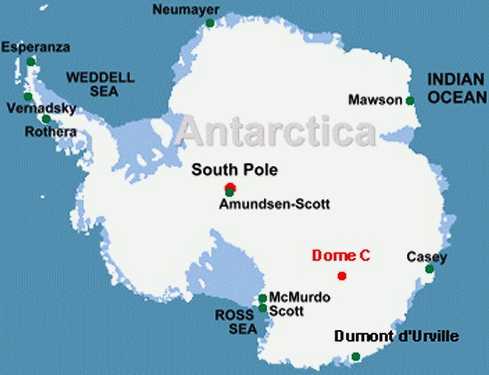
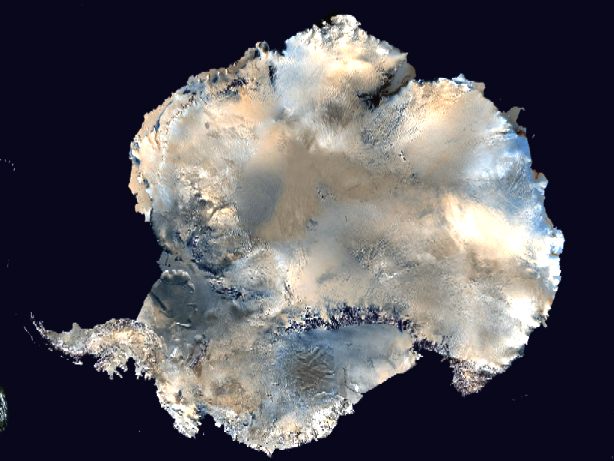
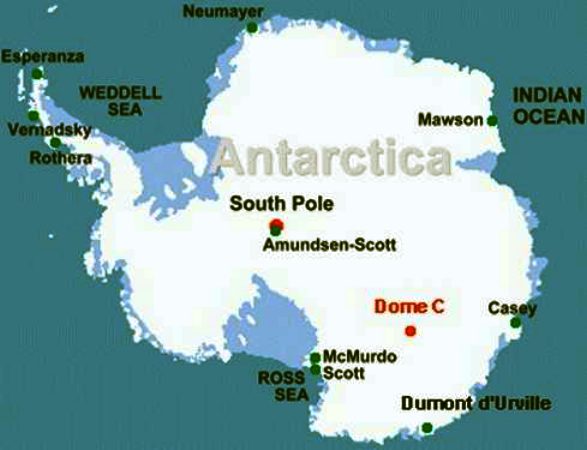
Antarctica,
the South Pole
..

The
2012 geographic South Pole marker depicts British Captain Robert Scott
and his men at the South Pole on one side and Norwegian Roald Amundsen
at the South Pole on the reverse side.
RETURN
TO BASECAMP
OR EXPLORE OUR
PREHISTORIC A-Z
|








